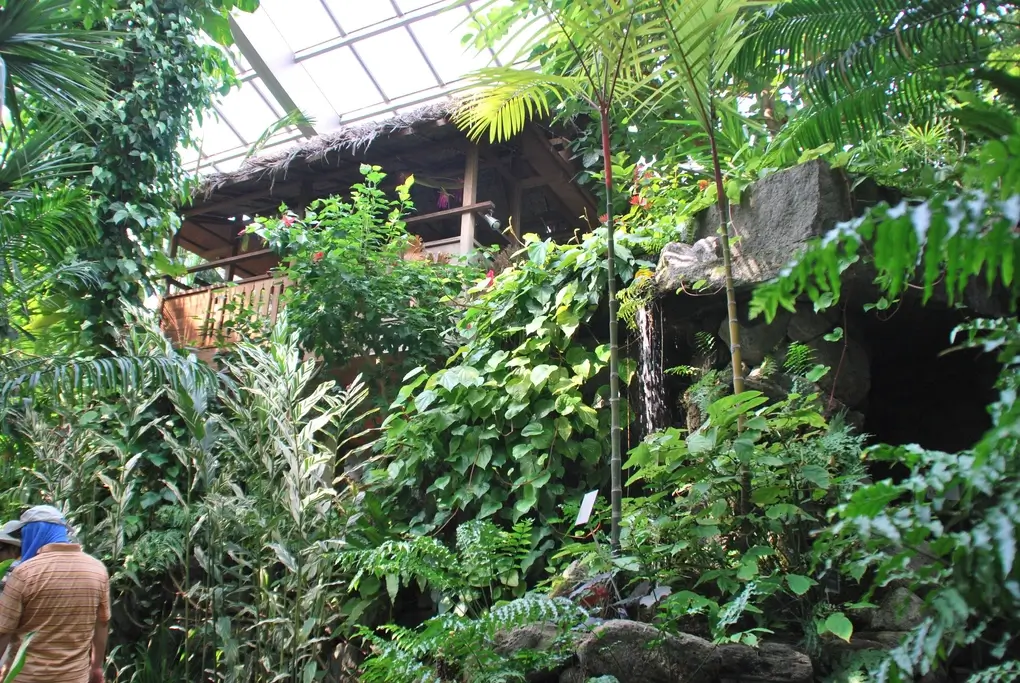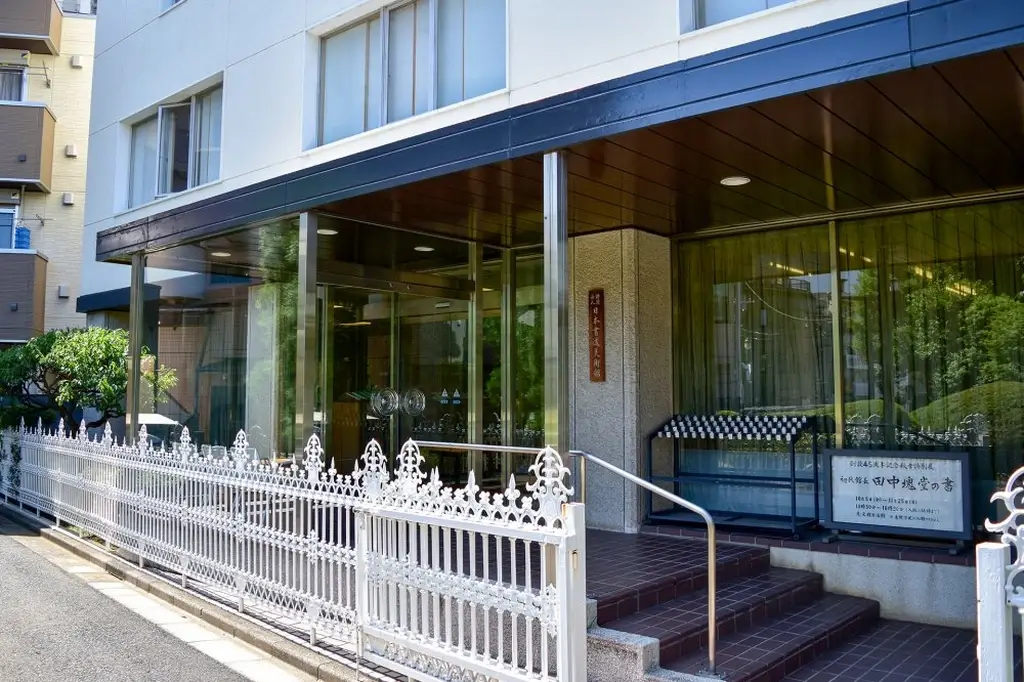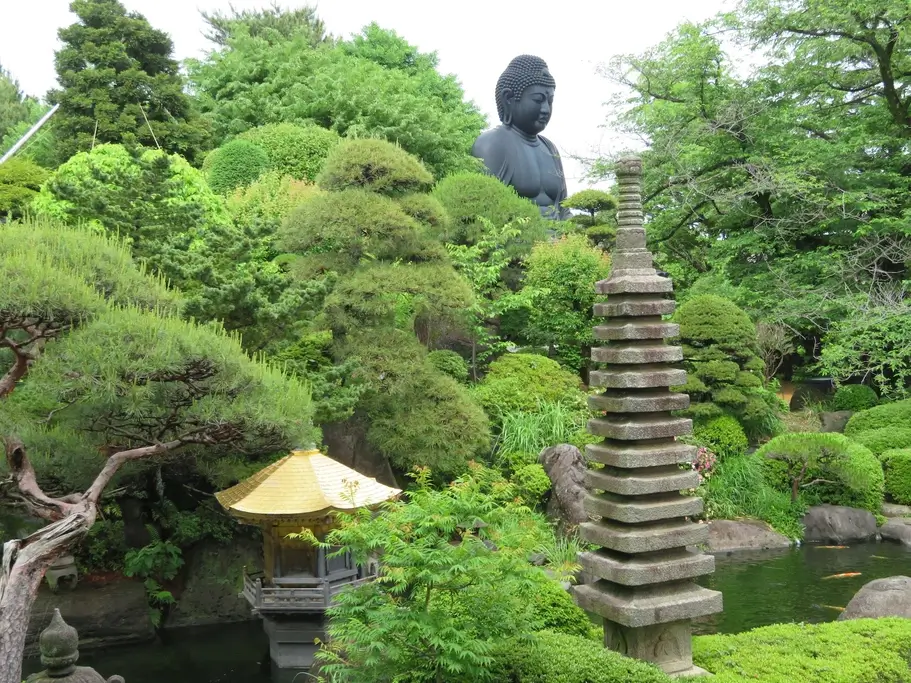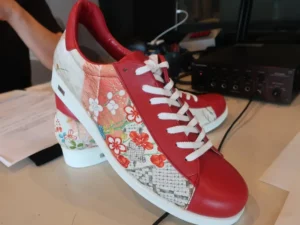Japanese castles are reminders of Japan’s history and beautiful examples of the country’s architecture. While many are considered mostly monuments, some, like Akatsuka Castle, are appreciated for their historical significance. Itabashi City in Tokyo is the location of one such heritage site.
Despite the modest appearance of its remains, this castle is still a site of cultural importance, and its botanical gardens provide a quiet escape. In addition to the castle grounds, this city also contains other cultural attractions, such as temples and museums, that give visitors an understanding of Japanese arts and culture. Today, we’ll explore notable landmarks in Itabashi.
Table of Contents
ToggleWhere is Itabashi?
The city is located in northern Tokyo alongside the Arakawa River. The most common way to get there is to use Itabashi station on the JR Saikyo Line. The city’s name means “plank bridge”. It refers to the wooden bridges built to cross the many rivers that criss-crossed the area during the Edo period. At the time, it was an important town on the Nakasendo Route. It was a stopover for travelers from Edo (Tokyo).

Today, the city is mostly a mix of residential areas and businesses. But it also has many historical sites and green spaces. These urban land use and quiet spots make it a fascinating destination for locals and tourists.
Akatsuka Castle
Akatsuka Castle was built in the late 15th century by the Toshima Clan. It played a major role during the Sengoku period as a defensive stronghold of the Toshima Domain, a time of significant political and military turmoil in Japan. The castle guarded against invasions and allowed control over the surrounding territories. Because of its history, it’s one of the most beautiful Japanese castles in the area.

Its wooden structures no longer stand, but the remains of its stone foundations can still be seen. The ruins are located in Akatsuka Park, amongst walking trails, picnic areas, and seasonal flowers. So, they are mainly appreciated as an escape from the urban surroundings. They are about a 15-minute walk from Narimasu Station on the Tobu Tojo Line, and entry is free.
Are you looking for great snacks while visiting Japanese castles in places like Itabashi? Check out Sakuraco! Sakuraco delivers traditional Japanese snacks, teas, and sweets from local Japanese makers directly to your door so you can enjoy the latest treats directly from Japan!
Itabashi Botanical Garden

The Itabashi Botanical Garden in Akatsuka Park is home to more than 600 native, international, and exotic species, including medicinal plants, aquatic species, and flowers. The garden educates visitors about plant conservation, biodiversity, and eco-friendly gardening practices through themed exhibits, displays, and gardening workshops held throughout the year. This garden is accessible via a 20-minute walk from Narimasu Station or a short bus ride from JR Itabashi Station. Admission is 200 yen for adults and only 50 yen for children.
Jorenji Temple

Jorenji Temple is famous for its impressive bronze Buddha, which stands 13 meters tall and weighs around 32 tons. This is one of Tokyo’s largest Daibutsu. It was modeled after Kamakura’s iconic Buddha in 1977, but the temple traces its origins to the Kamakura period. Jorenji also hosts community gatherings and religious ceremonies as a spiritual and cultural center. It’s a 10-minute bus ride from Shimura Sakaue Station on the Toei Mita Line, and entry is free. After strolling the grounds, guests can visit the Itabashi Art Museum.
Japan Calligraphy Museum
The Japan Calligraphy Museum showcases calligraphy‘s artistic and historical importance to Japanese culture. It shows the evolution of Japanese writing styles and protects important historical manuscripts. Its exhibits feature works ranging from ancient Heian-period writings to modern-day pieces.

This is a valuable resource for scholars and calligraphy artists. Guests can appreciate the collection and observe the aesthetics and techniques behind this art form. This museum is a short walk from Tokiwadai Station on the Tobu Tojo and Itabashi-Kuyakusho-Mae Station on the Toei Mita Line. Workshops and demonstrations allow visitors to engage actively with the art of calligraphy.
Itabashi Art Museum

The Itabashi Art Museum was established in 1979 and contains everything from traditional Japanese art to contemporary works. Its exhibits include Edo-period ukiyo-e, photography, and multimedia installations. The museum celebrates popular and emerging artists and regularly hosts educational programs and community events. Seasonal exhibits ensure there’s always something new to discover. This facility is a short walk from Nishi-Takashimadaira Station on the Toei Mita Line. The surrounding park has walking paths and playgrounds, making it great for families.
Why is Itabashi unique from other places in Tokyo?
Itabashi is unique from other places in Tokyo because it combines urban living, fascinating historical destinations, outdoor parks, and Japanese castles. Visitors can simply admire its historical monuments and gardens or be educated about their past. The many museums in the area offer a chance to appreciate the beauty of Japanese art or learn skills by participating in workshops.

Overall, the area’s affordability and accessibility make it an attractive place to spend a day. So, the next time you’re on the Yamanote Line near Ikebukuro station, consider hopping off and taking time to see what this area offers. Are you familiar with the Itabashi area? Do you know of any interesting places you would like to share with others? Leave a comment below!











